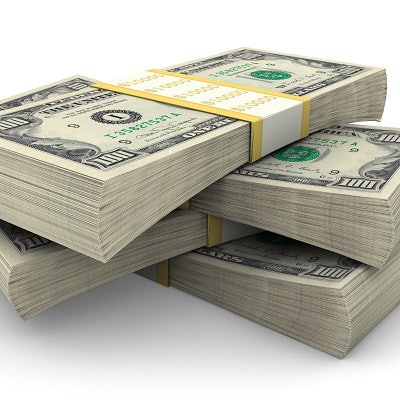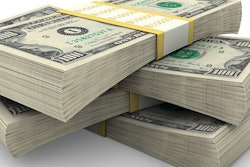
Per capita healthcare spending -- including for medical imaging -- is much higher in the U.S. than in any other country, and the spending rate is increasingly trending upward, according to a study published online January 7 in Health Affairs.
The researchers from Johns Hopkins Bloomberg School of Public Health analyzed healthcare spending in the U.S. from 2000 to 2016 and compared it with that of other countries in the Organization for Economic Cooperation and Development (OECD). They found that the U.S.'s $9,892 per capita healthcare spending in 2016 was about 25% higher than spending in the next closest country and 145% higher than the OECD median.
What's more, there was a 2.8% annual growth rate of healthcare spending in the U.S. -- notably higher than in any other country. Yet the ratios of acute care hospital beds, nurses, and physicians to patients were lower in the U.S., compared with the OECD median (2.5 versus 3.4 beds, 7.9 versus 9.9 nurses, and 2.6 versus 3.2 physicians per 1,000 patients).
The gap in healthcare spending between the U.S. and the other countries was primarily a result of relatively higher salaries for clinicians, as well as the higher prices of drugs and medical services such as medical imaging. For example, the U.S. had the highest healthcare spending among all countries despite ranking second for the number of MRI machines per capita and third for the number of CT scanners per capita. In contrast, Japan ranked first in both of these categories while standing among the lowest in healthcare spending per capita in 2016.
"In spite of all the efforts in the U.S. to control health spending over the past 25 years, the story remains the same -- the U.S. remains the most expensive because of the prices the U.S. pays for health services," lead author Gerard Anderson, PhD, said in a statement.



















